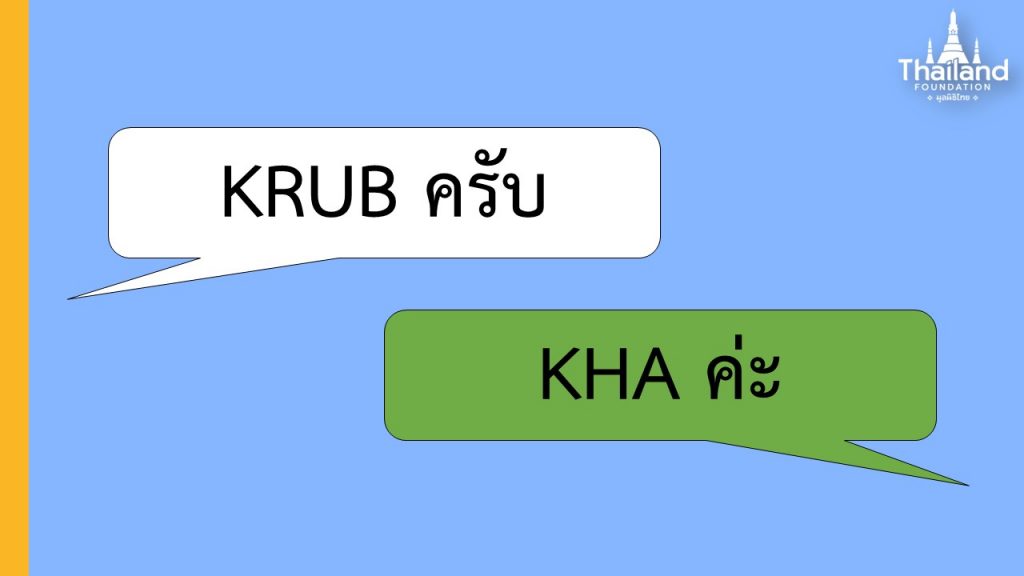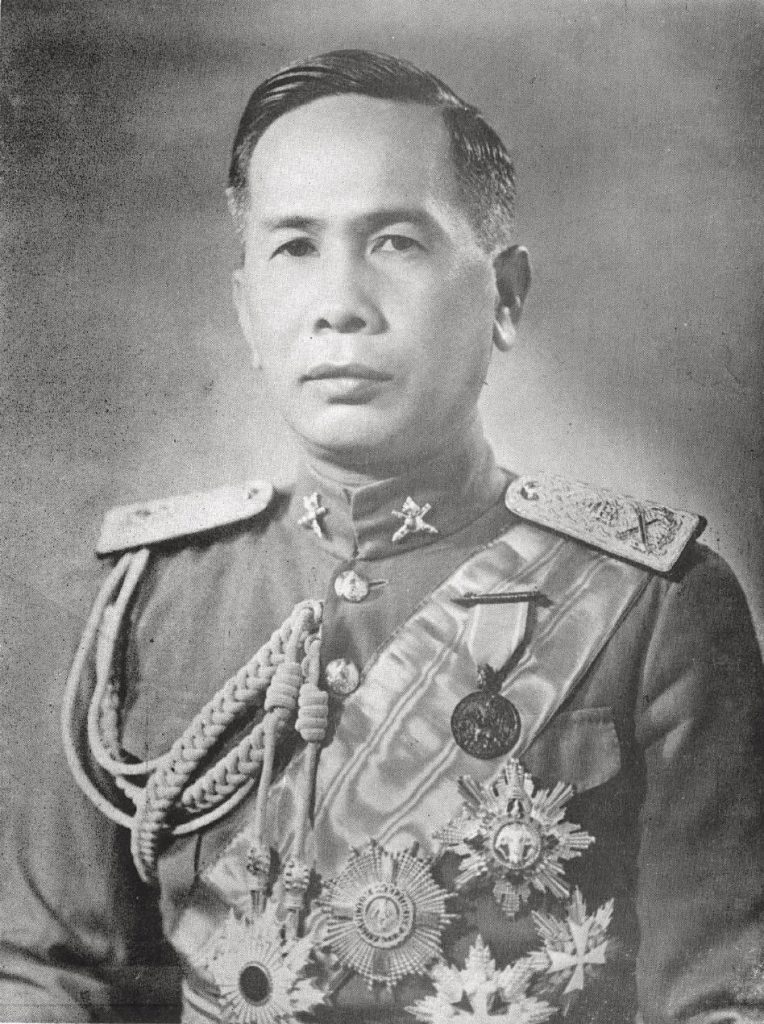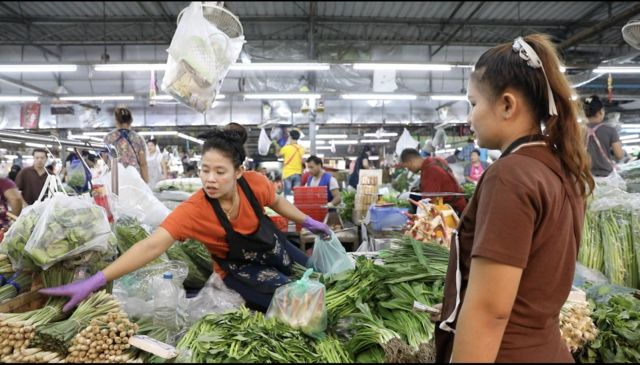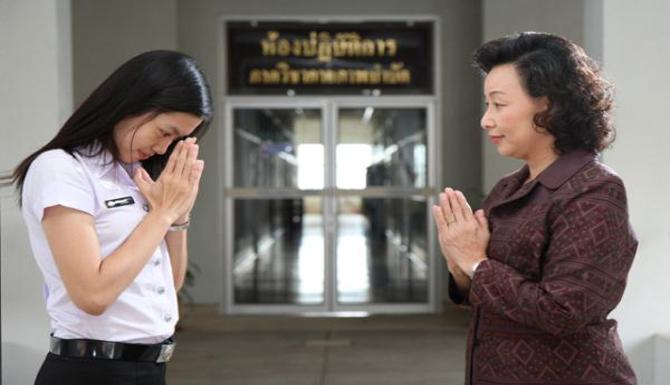How to use “Krub” and “Kha” in the Thai Language

If you have ever heard Thai people speaking, whether by learning the language or by simply having been in a conversation with a Thai person, chances are, you might be somewhat familiar with the unique way they seemingly often end their sentences – krub or kha (ครับ/ค่ะ). However, both of these simple endings are not merely a touch of interesting quirk Thai people added to their speech; they actually represent an integral part of Thai culture. Let’s take a dive together into the meaning and the importance of these two words.
The Story of Krub/Kha
Linguistically speaking, krub and kha can be classified as particles, which basically is a term used for words that do not quite belong in other part of speech like nouns, verbs, etc., but still play a critical grammatical role in sentences, as well as impart additional shades of meaning to the sentence. But before becoming widely used particles, krub and kha had their origins as phrases used in courts. Krub originates from the phrase “ขอรับใส่เกล้าใส่กระหม่อม” (Kho rap sai klao sai kramom), meaning “I humbly abide thy request” and being used as an affirming statement by the subject when addressing the lord. In time, the phrase got abbreviated to “ขอรับ” (Kho rap) and then further to the present day krub. Similarly, kha was said to come from the phrase “พญาข้า” (phaya kha) or “เจ้าข้า” (chao kha) akin to the English “milord”, which were both correspondingly shortened to the modern kha. Interestingly, unlike its modern-day usage, where it is mostly used by speakers identifying as female, kha was once a unisex particle.
It was not until during the governmental rule of Field Marshall Plaek Phibunsongkhram in the late 1930s to the early 1940s that an attempt to officially standardize the use of both of these particles was made. In line with his Ratthaniyom or Cultural Mandate policies, where many aspects of Thai culture were regulated to appear ‘civilized’ to other nations at the time, krub was designated as polite affirmation for male speakers and kha for female. However, the mandate was repealed in the mid 1940s after the end of Phibunsongkram’s regime. Still, the legacy of this regulation is to be seen in the modern speech, where krub and kha continue to be used, among other functions, as polite affirmations for male and female respectively. Nowadays, the predecessors of both of these particles have all but become obsolete, mostly appearing in period dramas, but evidently their ‘offsprings’ are still alive and well, and are being used regularly in the modern language.

Field Marshall Plaek Phibunsongkhram
(Photo Credit: Wikipedia)
The Guide to Krub/Kha
We have explored the interesting backstory of krub and kha, but how are they actually employed in day-to-day speech? As mentioned earlier, the particles still indeed retain their use as an affirmation or, simply put, a way to say “yes” in modern Thai language, as in this example:
A: Ni lod rakha thang ran loey ro krub (Are you having a storewide sale?)
B: Kha (Yes).
Nonetheless, they have largely been gramaticalized, being added at the end of sentences to convey politeness, instead of any particular lexical meaning. According to a book on Thai grammar by Panthumetha (2016), the particles are usually utilized by the speaker to show respect in the form of politeness towards the listeners. Considering the origin of the endings, it should be safe to view it as the speaker holding the listeners in such high regard, as though one were speaking to lords or ladies.
As a general rule of thumb, if you identify as female, then simply add kha to the end of your sentence to add that little touch of Thai politeness, while if you identify as male, add krub instead. A little note on the grammar of krub and kha – while krub can be added at the end of any type of sentences, kha is a bit more complicated. Having two variations, kha with falling tone (ค่ะ) and kha with high tone (คะ), the former is only used in affirmative and negative sentences, in other words, “informing” sentences, while the latter is used in interrogative and imperative sentences, i.e., in questions and requests, or in conjunction with other particles. For example, kha with falling tone would be used in such sentences as Sawatdee kha (“Hello”), or Khop khun kha (“Thank you”). In contrast, kha with high tone would be added to these sentences instead: Rakha taorai kha (“How much is this?”), or Khotot duay na kha (“Sorry”). Now that you have mastered the fundamentals of krub and kha, be sure to try them out the next time you are in a conversation with Thai people!
An Inescapable Part of Thai Social Life
If you have spent some time with Thai people, you might be well aware that Thais highly value politeness and respect. Hence, it should come as no surprise that the use of krub and kha as another proxy to express this agreeable trait is so hard-wired into Thai people that you could almost always hear them end their sentences with the particles. Whether they are tending to their elderlies, or discussing abstract concepts with their professors, whether they are buying grilled-pork with sticky rice from street-food vendors or asking strangers for directions, these two unassuming yet useful particles are just so ubiquitous.

(Photo Credit: JIRAPORN KUHAKAN/BBC THAI)
Furthermore, not only do the endings appear in spoken language, one can also encounter them in text messages, albeit sometimes with slight alterations to make the texts come across as friendlier or more endearing. To illustrate, Thais might add extra ending consonants as in ได้ครับบบบ Dai krubbbb (Alright!) or might lengthen the vowel like ขอบคุณค่าาาา Khop khun khaaaaa (Thanks!) or might even change the initial sound of the particles entirely, such as ที่รักงับบ Thi rak ngubb (Honey!). Of course, there are still many other more creative changes Thai people may implement, in order to give their online interlocutors a just-right mixture of respect and comforting warmth of amicability, even through a dry chunk of texts.
Interestingly, some Thais also carry on adding these endings, even when they are speaking in a foreign language. It is, for instance, not uncommon to encounter “Sorry krub” or “Thank you very much kha” or “How are you doing krub?” in an English conversation with Thai people. Even in business exchanges, it is not surprising to encounter such sentence as “Could you approve this proposal by the end of the day krub?”. Linguistically speaking, this can be attributed to a phenomenon called L1 interference, which is when the speaker of a foreign language (L2) employs formal and structural elements from their native language (L1) in the target language (L2). Anecdotally, many Thais find sentences without krub or kha too harsh or too blunt, even if the structure being used in the language in question is already very polite. This just goes to further show how integral these particles, alongside their conveyed politeness, are to the people of the land of smile.
As you can see, the use of krub and kha is so deeply ingrained in Thai people that when- or wherever you meet them, there is a good chance you are going to encounter these particles being uttered as well. This, of course, does not only depict a unique gimmick of Thai language, but also illustrates the value of respect that is deeply embedded in the hearts and minds of Thai people, which, more often than not, translates into an attempt to always be polite and considerate to everyone. With that being said, the next time you converse with Thai people, whether in English, or especially in Thai, be sure to try out using krub and kha. You will not only surely impress your Thai interlocutors and gain their appreciation, but will also be able to better immerse yourself into Thai culture!

(Photo Credit: Pantip)
The story of “krub” and “kha” is yet another charming facet of Thai culture and heritage. We saw how the essence of Thainess, represented through the value of respect, is present even in the ways people speak to each other. Join us in exploring more stories of Thailand and the Thai people, as we take you on a journey to discover Thainess.
Sources
- https://bit.ly/3CYNvhL
- https://today.line.me/th/v2/article/NpKPgk
- https://learnthaiinsingapore.com/what-do-krub-and-ka-mean-in-thai/
- https://bit.ly/3CXh0Rk
- นววรรณ พันธุเมธา. (2016). ไวยากรณ์ไทย (พิมพ์ครั้งที่ 8).คณะอักษรศาสตร์ จุฬาลงกรณ์มหาวิทยาลัย.
- Numnonda, T. (1978). Pibulsongkram’s Thai Nation-Building Programme during the Japanese Military Presence, 1941-1945. Journal of Southeast Asian Studies, 9(2), 234–247. http://www.jstor.org/stable/20062726
- Gvarishvili, Z. (2013). Interference of L1 prepositional knowledge in acquiring of prepositional usage in English. Procedia-Social and Behavioral Sciences, 70, 1565-1573.
Author: Yodsawin Uaychinda
17 October 2022


